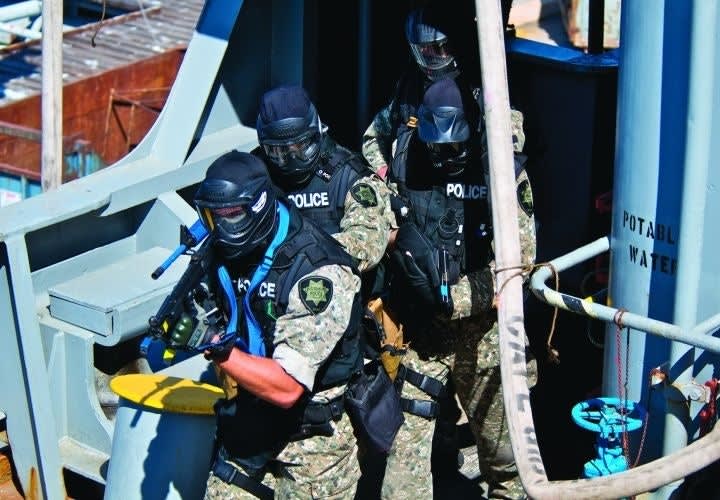Urban Shield lasts more than 48 continuous hours and involves 25 challenging real-world scenarios. It is a massive undertaking, with planning beginning almost immediately after the previous year's event.
Alameda County SO dedicated 600-plus personnel to the four-day event (orientation day, two exercise days, awards day), but the exercise actually involves some 2,500 -- including firefighters, EMTs, medical professionals, and role players -- working in three counties.
Day One: Orientation Day
Morning: the first thing I see upon my arrival at the Alameda County public safety complex is large color posters of the four Oakland police officers killed in the line of duty March 21, 2009. This sets the tone for the entire four-day event.
Orientation: It's quite impressive to witness more than 200 SWAT operators, dressed in a variety of BDU colors and styles, all sitting together, preparing to compete the following day. And as one would expect from such a professionally run event as Urban Shield, orientation establishes the ground rules, and places special emphasis on "safety."












